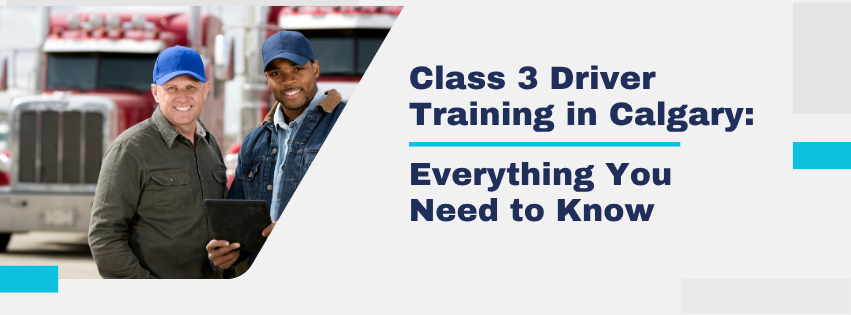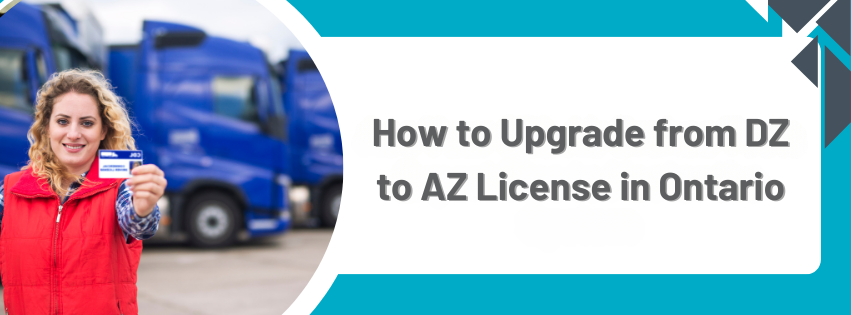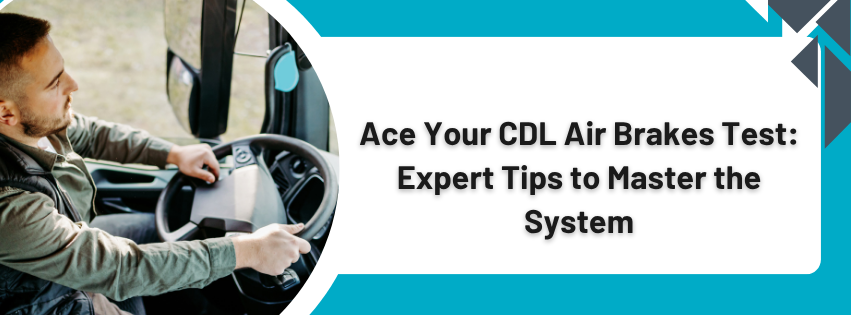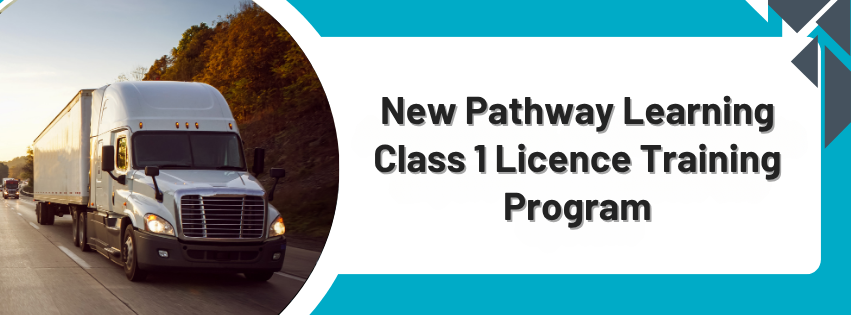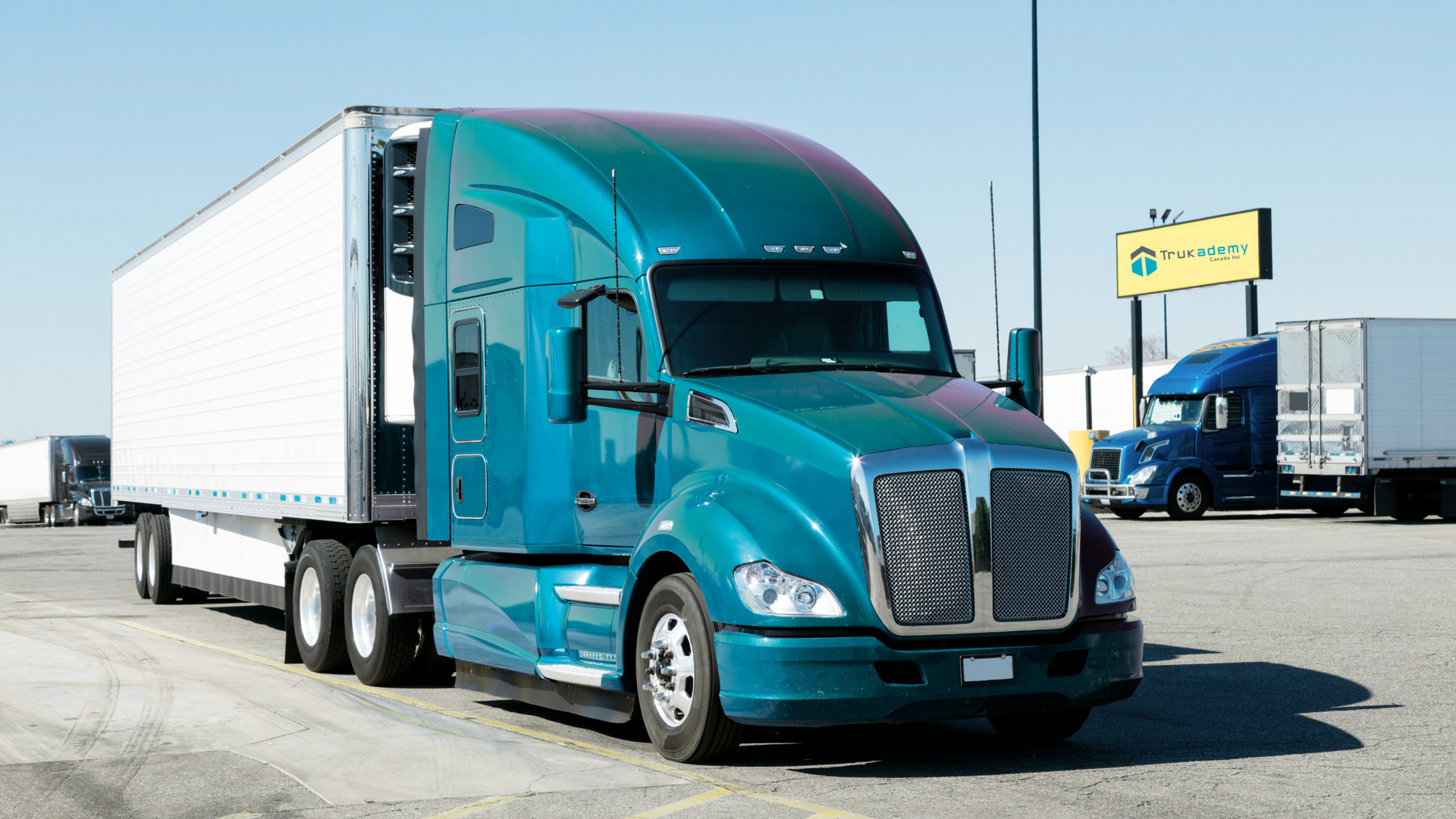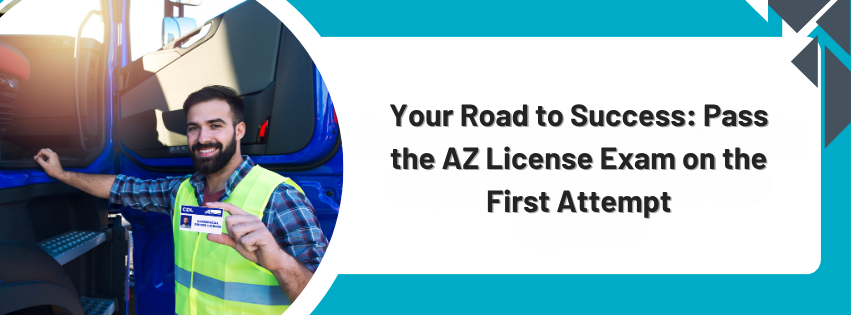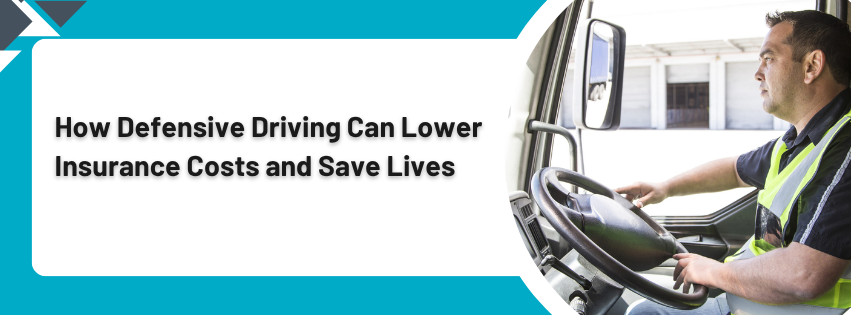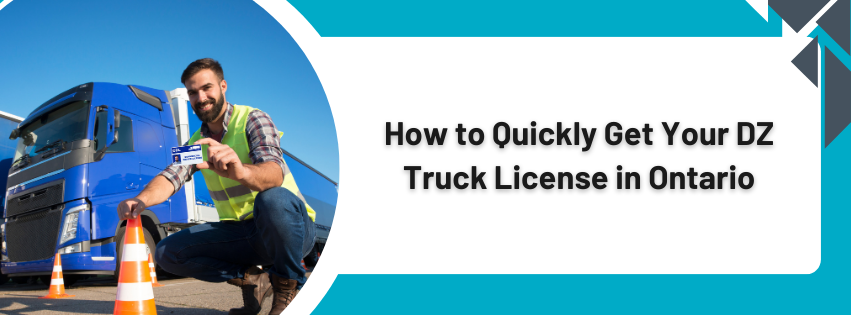How to Start Your Class 1 Driver Training in Calgary

If you are ready to launch a rewarding career in the trucking industry, there is no better place to start than by getting your Class 1 driver’s license in Calgary. With Alberta’s strong transportation sector and high demand for skilled truck drivers, Class 1 training opens doors to stable, high-paying opportunities across Canada and beyond.
What Is a Class 1 Driver’s License?
A Class 1 license is the highest class of commercial driver’s license in Alberta. It allows you to operate semi-trailer trucks, tractor-trailers, and other heavy commercial vehicles.
With a Class 1 license, you can drive:
Semi-trucks with one or more trailers- Tractor-trailer combinations
- All vehicles under Class 2, 3, 4, and 5 licenses
- Most types of commercial and passenger vehicles
This license qualifies you to work as a professional truck driver, operating vehicles used in long-haul, regional, or local freight transport.
Why Choose a Career in Trucking?
Before diving into training, it is worth understanding why so many people in Calgary are pursuing trucking careers:
- High Earning Potential – Experienced Class 1 drivers in Alberta can earn between $70,000 and $100,000 per year or more, depending on routes and experience.
- Strong Job Demand – The Alberta trucking industry faces a consistent shortage of qualified drivers, ensuring long-term job stability.
- Career Growth – With experience, drivers can move into specialized hauling, become owner-operators, or transition into logistics management.
- Freedom and Travel – Truck driving offers the opportunity to explore Canada while earning a living on the road.
Step 1: Meet the Class 1 License Requirements in Alberta
Before enrolling in Class 1 driver training in Calgary, you must meet Alberta’s eligibility criteria set by Alberta Transportation.
Here is what you will need:
Basic Requirements
- Be at least 18 years old.
- Hold a valid Alberta Class 5 (non-GDL) driver’s license.
- Be a Canadian citizen, permanent resident, or temporary foreign worker with a valid work permit.
Medical Exam
You must complete a Driver’s Medical Examination Report (MER) through an approved physician. The medical must confirm you are physically fit to operate a commercial vehicle safely.
Knowledge Test
Before practical training, you must pass:
- The Class 1 knowledge test (covering road rules, commercial vehicle operation, and safety)
- The Air Brake Knowledge Test, if your vehicle uses air brakes
Both tests can be taken at a
registry agent office in Calgary.
Step 2: Choose the Right Class 1 Driving School in Calgary
Not all driving schools are created equal. Choosing the right Class 1 driver training school in Calgary can make all the difference in your learning experience and career success.
Here are key factors to consider:
1. Accreditation and Licensing
Ensure the school is licensed by Alberta Transportation to provide Class 1 training. Check if they follow the official curriculum and offer certified instructors.
2. Modern Equipment
Look for schools that use well-maintained trucks and trailers similar to what you will drive in real-world conditions. Training with modern equipment ensures a smoother transition to professional work.
3. Experienced Instructors
Choose a school with experienced, certified instructors who provide personalized attention and practical guidance on safety, shifting techniques, and route planning.
4. Job Placement Assistance
Some truck training schools in Calgary partner with local and national trucking companies to help graduates find employment faster.
5. Flexible Schedules
Whether you are working full-time or transitioning careers, select a training provider that offers weekend or evening classes to fit your schedule.
Step 3: Pass the Road Test
After completing your training, you must pass the Alberta Class 1 road test, which includes:
- Pre-trip inspection (vehicle safety check)
- Coupling and uncoupling (if using a trailer)
- Driving test (urban, rural, and highway driving)
A licensed
Alberta Transportation examiner will evaluate your performance. Once you pass, you will officially earn your
Class 1 driver’s license.
Step 4: Start Your Truck Driving Career
Once you have obtained your Class 1 license, you’re ready to enter the workforce!
Many Calgary graduates start with:
- Long-haul trucking companies (cross-province or cross-border routes)
- Local freight carriers (short-haul or regional deliveries)
- Construction and logistics firms (heavy haul, flatbed, or tanker operations)
As you gain experience, you can explore higher-paying opportunities such as:
- Owner-operator positions
- Specialized hauling (hazmat, oversized loads)
- Fleet supervision or training roles
How Much Does Class 1 Driver Training Cost in Calgary?
Training costs vary depending on the school and program length. This fee typically includes:
Classroom and in-yard instruction- Road training
- Use of trucks for road testing
- Course materials
Financial Assistance Options
To make training more affordable, you can explore:
Alberta Works Grants – Financial assistance for unemployed or underemployed individuals.- Student Loans – Through Alberta Student Aid.
- Employer Sponsorships – Some companies cover training costs in exchange for a work commitment.
Tips for Success During Your Class 1 Training
Practice Defensive Driving – Learn to anticipate hazards and maintain safety under all conditions.- Focus on Vehicle Inspection – Daily pre-trip inspections are essential for road safety and compliance.
- Ask Questions – Don’t hesitate to seek clarification during classroom or yard sessions.
- Stay Consistent – Attend every class and practice regularly to build confidence behind the wheel.
- Network with Instructors and Peers – Many job referrals come from connections made during training.
Job Opportunities After Getting a Class 1 License
Calgary’s trucking and logistics industry is booming, and the demand for qualified Class 1 drivers continues to rise.
Some top employment areas include:
- Long-haul freight – Transporting goods across Canada or into the U.S.
- Oilfield trucking – Supporting Alberta’s energy sector.
- Construction and heavy equipment transport – Moving large machinery and materials.
- Refrigerated transport (reefer) – Delivering temperature-sensitive goods.
- Courier and logistics services – Local or regional deliveries.
According to Truck Transport HR Canada, Alberta will face one of the most significant truck driver shortages nationwide, meaning now is the perfect time to start your training.
Why Start Your Class 1 Training in Calgary Today?
Calgary is one of Alberta’s main transportation hubs, making it an ideal location for aspiring commercial drivers.
Here is why:
- Access to reputable training schools
- High employer demand for newly licensed drivers
- Proximity to major highways and logistics centers
- Diverse training environments (urban and rural routes)
By starting now, you can complete training, get licensed, and be job-ready within 8–12 weeks, depending on your schedule.
Conclusion: Take the First Step Toward Your Trucking Career
Getting your Class 1 driver’s license in Calgary is more than just earning a certification—it is your gateway to a stable, high-demand, and rewarding career in the Canadian trucking industry.
From learning road safety and mastering vehicle control to exploring the open highways of North America, becoming a Class 1 driver offers unmatched freedom and financial security.
Find a certified Class 1 driver training school in Calgary, and start your journey toward a successful trucking career today.
